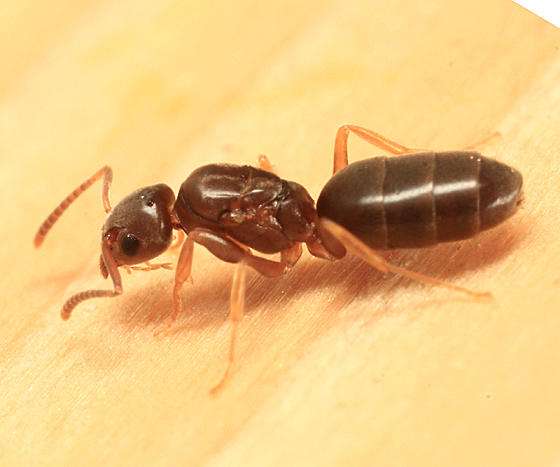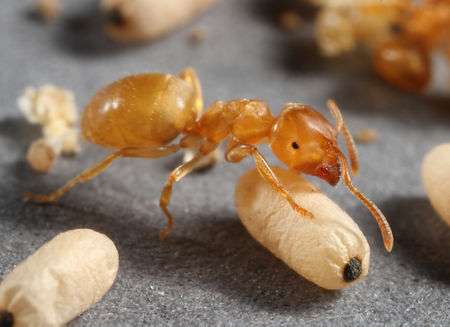
A very varied ant species that may be identified by its distinct major and minor workers. Other genera exist with distinct worker castes, but none have radiated as far as Pheidole. The Neotropics are where this species of ants is most diverse and prolific, although they are also a common component of ant faunas in many other parts of the world. The handling of the New World species by Wilson (2003) as well as other more recent taxonomic and phylogenetic research have provided many species with the much-needed clarity to define their limits. There is still much to be done before it can be said that there are not many new species of Pheidole and that the taxonomy of the genus is unquestionably finished.
Where can you find Pheidole ants?
The Neotropics are where this species of ants is most diverse and prolific, although they are also a common component of ant faunas in many other parts of the world.
Colony Layout
The majority of Pheidole species are dimorphic, which implies that there are two castes of workers in colonies: “minor” workers and “major” workers, also known as “soldiers.” These latter creatures typically have relatively small bodies compared to the size of their heads and mandibles.
A colony may also have one or more queens, as with other ant species, as well as alates—virgin winged females and males—in mature colonies.
Characteristics
- Big headed
- Major worker ants have unusually large heads compared to their bodies and have two different sizes of workers that range in length from 1/16 to 1/8. (dimorphic)
- Major employees (soldiers)
- Minor workers have 3-segmented clubs and 12-segmented antennae.
- The colour is reddish-brown.
- Feed on seeds, living and dead insects, honeydew, and pollen.
- Pedicel with two nodes (petiole and post petiole)
- The worker caste exhibits dimorphism (two different sizes). They are between 2.4 and 3.8 mm in length. The big worker’s (largest) head is bilobed with a medium furrow and is relatively large in comparison to its body. The twelve segments of an antenna come to a clear, three-segmented club at the end. On the epinotum of the thorax, there are two spines. In the course of mating flights, which normally take place in the summer, new colonies are created.
- While several queens may band together to start a new colony, eventually one queen takes control and exterminates the other queens.

Major Workers
Pheidole is known as the “big-headed ant” genus because of its conspicuous main workers. Although they may appear to be fierce, the main Pheidole colony workers are frequently fairly shy and are frequently the first to flee at the first sign of danger. Many Pheidole species serve as the host for parasitoid phorid flies, which deposit their eggs on the large workers. The phorid fly larvae develop mostly in the head capsules of their victims, eventually decapitating them, and would likely starve in the body of minor workers.
Many Pheidole species are ecologically significant seed consumers, hence the major workers are typically engaged within the nest to break up huge food items or outside to carry large objects, such seeds (“harvesters“).
Management
Locate the ant colonies, and then use the right insecticide to treat them immediately. A tiny hand sprayer can be used to saturate nearby ant colonies, along building foundations, and under furniture with liquid insecticide. Perform a thorough check to identify any areas where treating ants directly cannot be done. Use toxic baits in these locations. Ants that are foraging outdoors won’t be able to enter structures if treatments with a suitable insecticide are applied around building foundations. An appropriate dust insecticide formulation should be used to treat ant colonies found inside wall voids inside buildings. Using a compressed air sprayer, they should be directly injected into cracks, fissures, and other entrance holes. Baiting inside is both the safest and most successful way.
Table





